Current Projects
- Demography of Louisiana's Landbirds
- Molt Sequences in Southeastern Birds
- Prothonotary Warbler Research
- Avian Disease and Contamination Ecology
- Outreach
Demography of Louisiana's Landbirds
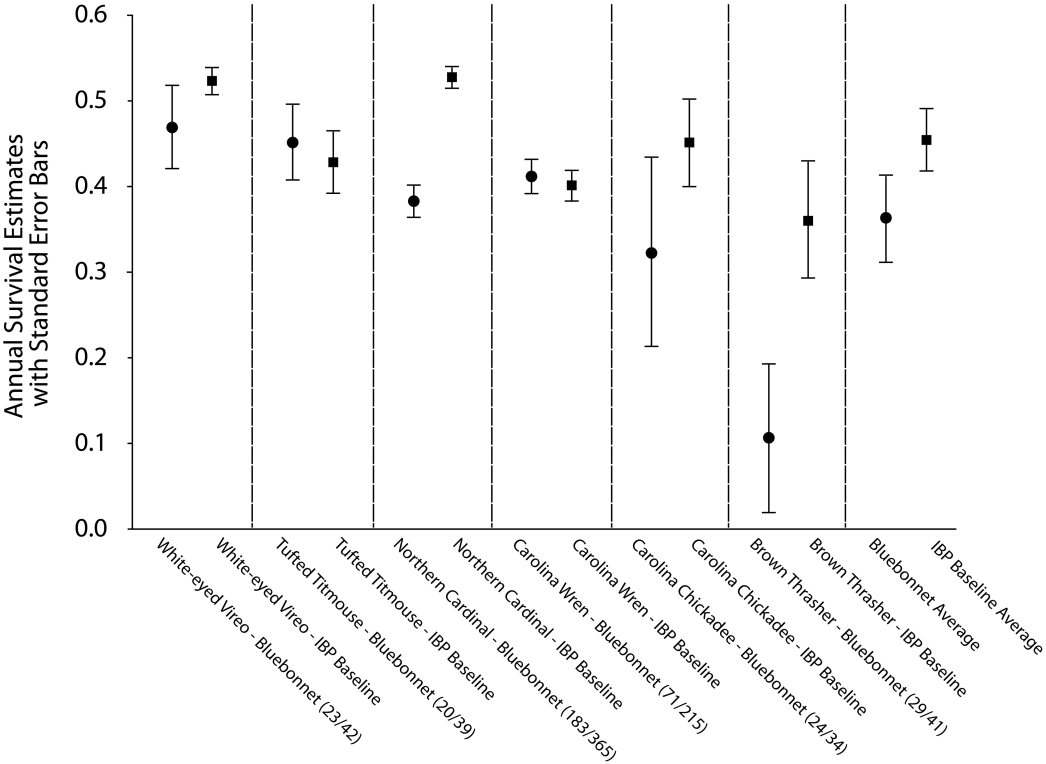
Louisiana Bird Observatory's (LABO) growing network of bird banding stations provides the opportunity to determine the influence of habitat, fragmentation and climate on the survival and population growth of sensitive birds throughout Louisiana. Most recently, we published annual survival estimates of commonly captured birds at our Bluebonnet Swamp site in Baton Rouge, Louisiana, and compared results to region wide trends. Over the next few years we will conduct similar analyses at larger landscape scales, taking into account all partner stations throughout the state to identify which habitats are the most ecologically valuable for Louisiana's bird communities.
Molt Sequences of Southeastern Birds
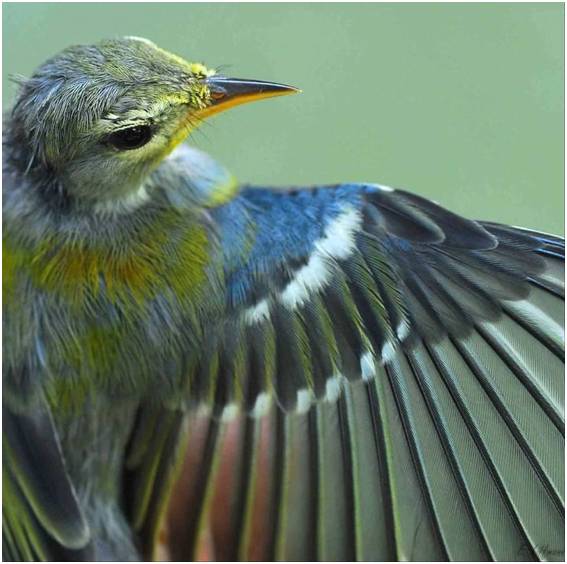
Molt is the cyclical replacement of feathers and constitutes an important phase of the avian life cycle. Differences in molt extent, or how many feathers are replaced, can vary by age and are used to classify young and old individuals. LABO routinely documents novel molt patterns in captured birds providing insights into the natural history of species such as Indigo Bunting and Eastern Towhee. In addition to publishing novel molt patterns, LABO curates an online photo database of age-related molt patterns of many southern birds.
Prothonotary Warbler Research
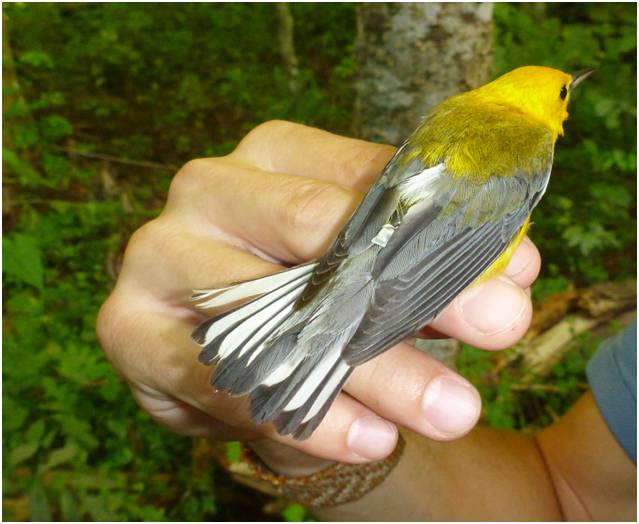
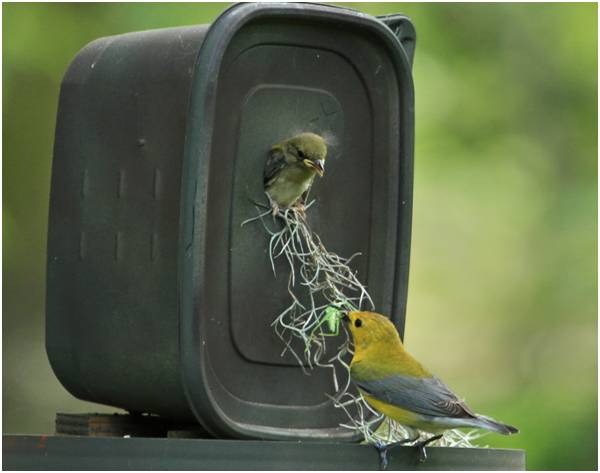
Louisiana Bird Observatory participates in the Prothonotary Warbler Working Group, and piloted the initial geolocator study to understand the migratory movements of this conservation priority species. Volunteers also help monitor next boxes and resight color-banded individuals to contribute to the Working Group’s goals.
Avian Disease and Contamination Ecology
Through partnerships with researchers including Allyson Jackson, Jared Wolfe, and Crystal Johnson, Louisiana Bird Observatory banders collect samples from several study species throughout the year to determine the influence of industrial pollution on Louisiana's bird communities. LABO's mercury study is unique because we monitor changes in mercury within the same population, and often the same individual, throughout all phases of the life cycle to determine whether seasonal changes in ecology or behavior influence mercury accumulation. We also collect data on diseases like avian malaria and avian pox virus to understand their consequences on bird populations.
Outreach
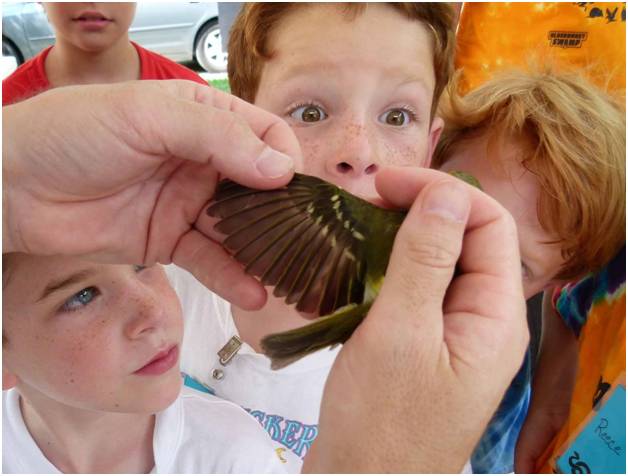
Each year LABO provides quality environmental outreach to hundreds of visitors at our banding stations throughout Louisiana. In partnership with the Parks and Recreation Comission of the Parish of East Baton Rouge (BREC), we also offer classes on ecology and avian natural history during BREC's Summer Camp at Bluebonnet Swamp. Another important component of LABO's outreach is bird banding training. Each year, undergraduate and graduate students from Louisiana State University, University of Louisiana at Lafayette, and Tulane University volunteer at banding stations to learn the latest techniques in field ornithology.